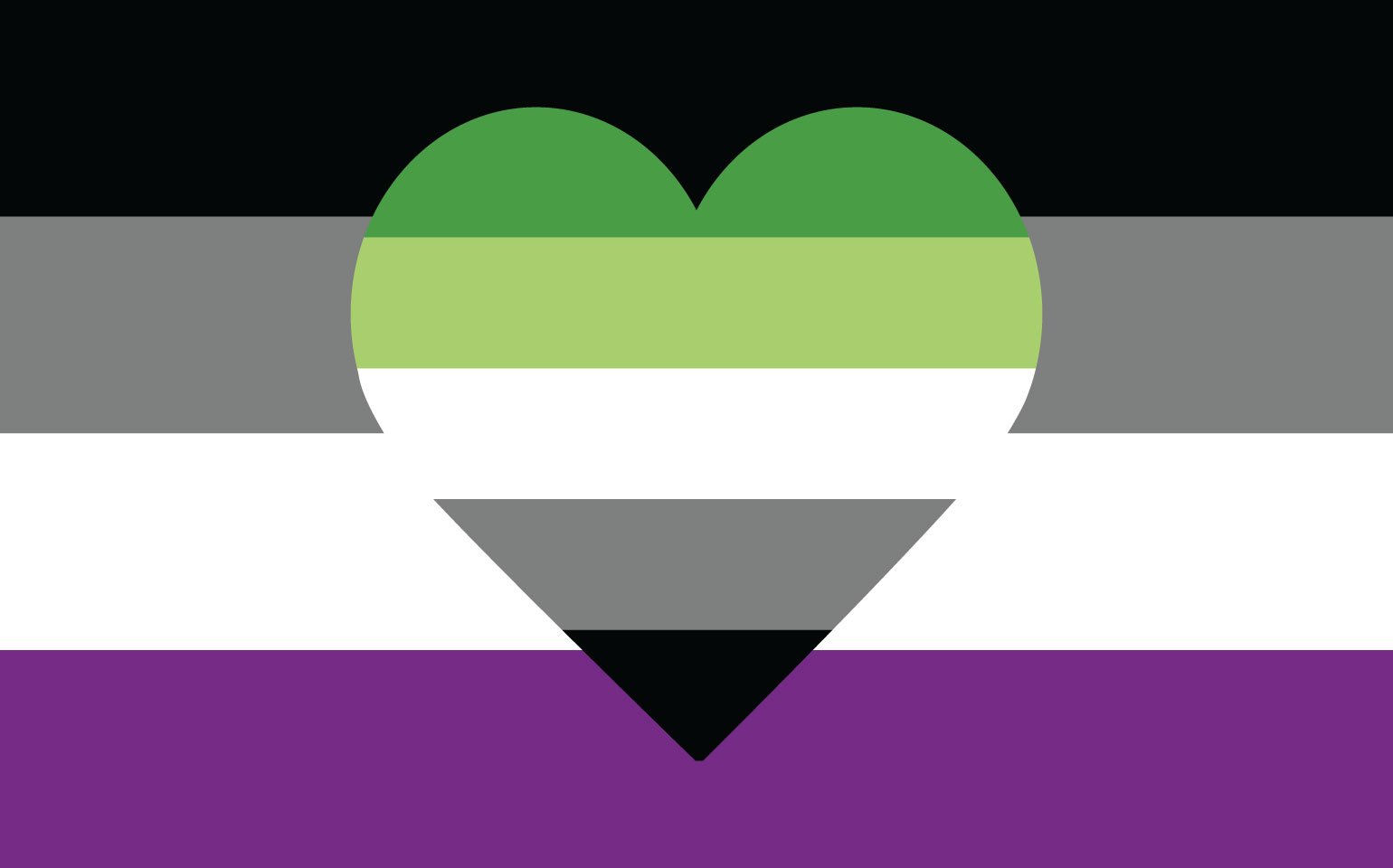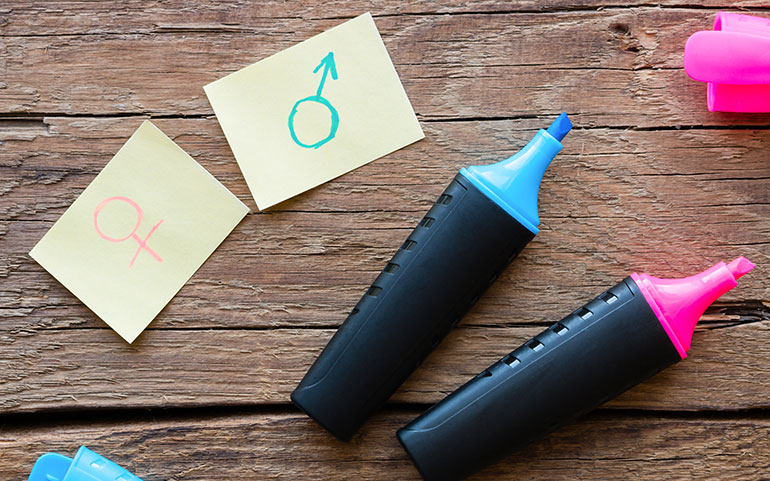
Adventures in Asexuality
I’m not gay. I mean, I don’t think I am, but… I don’t think I’m straight, either. I don’t know what I am. I think I might be nothing.
– Todd Chavez, BoJack Horseman
Asexuality is an orientation involving the lack of sexual attraction. Roughly one percent of the population falls under the umbrella of being asexual (or “ace”), and it, like other orientations, is divided into many smaller labels. It’s also distinct from aromanticism (aro), which is a lack of romantic attraction to others. I am asexual, and probably also aromantic.
Growing up, I always assumed that everyone else was also completely uninterested in sex. I think this is a common experience for a lot of people in the community; I just never knew that being ace was ever an option. Coming from a culture that expects everyone to fit into a standard nuclear family, I figured that people didn’t really have options and would just marry people that they enjoyed being around because it was what was expected of them. Since people don’t like to talk openly about sexual attraction, I’d never had a chance to realize how different I was from everyone else.
There’s still very little understanding of asexuality. People who are ace are often marginalized because their experience is so foreign to allosexual people (that is, people who do experience traditional sexual attraction). Even members of the Queer community can often exclude asexuality as a valid orientation.
It’s common for asexual people to be told that they haven’t found the right person; that they haven’t developed enough to know themselves yet; that they have a medical condition that’s causing low libido; or even that they only claim to be asexual because they can’t find anyone who would be interested in them.
It’s hard to find good representation in the media for asexuality, probably because a lack of interest is a lot more difficult to express without direct, explicit explanation. You can’t show that a character is sex-adverse the same way you can portray a same-sex relationship. Representation that does exist is often flawed; we live in a sex-saturated society, where romantic and sexual attraction are often indistinguishable. A lot of popular representation comes from people who are coded as asexual but not explicitly said to be so.
Aromantic representation is even more difficult to find, and it can be even more isolating than not seeing any ace experiences in the media. Characters are almost always shoved into romantic subplots because it’s considered the norm, and romantic love is what people prioritize pursuing. Even in a progressive YA novel like Six of Crows where many minority communities are well represented, romance is a necessity for practically every character.
This kind of void and lack of representation is why there was controversy over Jughead from the Archie comics being portrayed as heterosexual for the TV remake Riverdale. It’s why House, M.D. came under fire for representing asexuality as a nonexistent orientation that is only explained by health issues and dishonesty. It’s why so many asexual characters are non-human, like robots and aliens. It’s why we see so many asexual and aromantic characters who are only uninterested in intimacy because of trauma and emotional turmoil that they need to overcome before being able to commit to relationships.
As a sex-averse ace person, I can appreciate aesthetic beauty, but I don’t experience attraction. I also don’t think I’ve ever experienced romantic attraction. Seeing everyone talk about this incredible thing that they felt that I couldn’t really access was a lonely experience. It made me consider that there was something wrong with me for not being able to love someone “properly.”
To counteract that, it was nice to have a supportive friend group. When I told them I was ace and asked questions about how they experienced attraction, they were able to discuss it with me and try to learn about my experience, even if they couldn’t quite communicate how they felt. I could also get some information on how they viewed romantic relationships. However, it was also frustrating at times because we had irreconcilable experiences—there is an inherent barrier to understanding.
Because of that, I think it was even more helpful that I was able to find some online forums for aces. The beauty of the internet is that there is a community for practically everything, and the Asexual Visibility and Education Network (AVEN) was an absolute gift for connecting with like-minded people. I could learn about the split attraction model, read about questions that others had before me, have conversations with people who really understood my experience, and even get into inside jokes shared by the online community (Cake and garlic bread, perhaps?). It was incredibly validating to see that other people had felt the exact same things as me and they were friendly and really helpful.
If you’re ace/aro (or reading this and wondering if you are), all I can say is that we’re in this one together. There’s still a lot to figure out, but identity is an ever-developing journey, sexuality is fluid, and there’s no need for anyone to label themselves if you don’t want to.
And if you’re reading this as an allosexual, I hope I was able to offer you a glimpse into our world. There’s nothing wrong with people who are ace/aro, and I hope I could explain a bit of how it’s really difficult to live in such a romance- and sex-oriented world.
If you ever have time, the ace community would love for you to try to learn more about asexuality and aromanticism, there are no bad questions to ask. We’re all human, after all.
Give your friendships the magic you would give a romance. Because they’re just as important. Actually, for us, they’re way more important.
Alice Oseman, Loveless

